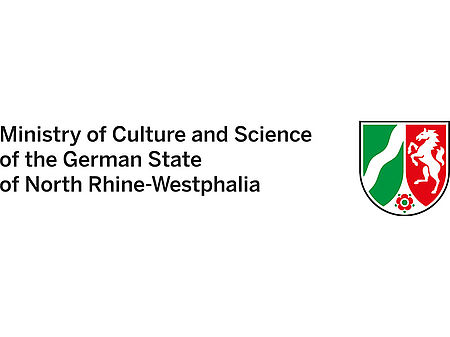Gold open access and green open access: what's the difference?
Gold open access (OA) is where an article or book chapter is published immediately as OA in an online journal or book. In contrast, green open access is where the author publishes their article in a journal and then deposits, or 'self-archives', a version of this article in a freely accessible subject or institutional repository.
In terms of the requirements set by funding bodies and individual institutions, both possibilities can be regarded as equally valid, with just a few exceptions. Nonetheless, it is always worth checking whether specific requirements apply to whichever type of open access you have chosen. For example, green OA may require you to deposit your publication in a specific repository, while gold OA may require you to choose a specific type of licence that governs how your work may be reused.
The extent to which your own institution can set guidelines on open access publishing is defined in the institution’s open access policy or open science policy. More information is generally available from the staff responsible for open access at your institution.
To find out more about this topic and discover which specific requirements may be imposed by funding bodies, we recommend reading the FAQ section Funding: what requirements do funders impose in regard to open access?
Gold open access
Overall, gold OA has the key advantage of making publications freely accessible right from the moment they are first published, which means they can be used immediately. The author still retains the rights to their work. The open content licenses associated with gold OA – such as Creative Commons licenses – also grant wide-ranging exploitation rights. The advantage of immediate availability is that it achieves a higher level of visibility, and this this has a positive impact on how widely a publication is disseminated and how frequently it is cited. Publishing your work under the gold OA model may incur fees known as article processing charges (APCs).
See also
Publication fees: what are the different ways of covering publication costs?
Green open access
Under the green OA model, articles are first published in a traditional subscription-based journal and are only subsequently made available as open access. Before self-archiving the work in a repository, it is important to carefully check both the author’s contract and the self-archiving terms on the journal’s website and/or the publisher’s website to ensure that all the legal requirements are met. Green open access does not offer the same legal framework for content licensing. As a result, (scientific) exploitation is only permitted within the confines of the legal restrictions of copyright law. There are no uniform stipulations governing how and when publications must be made freely accessible under the green OA model, because each publisher tends to impose their own restrictions and embargo periods. Many publishers also prohibit open access publication of the version of record and only allow the manuscript version to be made available. There is no charge for self-archiving your work under the green OA model.
To find the best repository for your research, we recommend reading the section Document servers, online archives and other repositories: which is the most suitable repository for your publication?
See also
What do Creative Commons licenses offer?
Other colours: bronze, diamond, platinum, grey and black open access
Gold and green OA are the two most common models used to publish research work. However, other colours are also used in the open access publishing discourse:
- Bronze OA: this means that the scientific publication is made freely accessible to read on the publisher’s website, but without granting reuse rights or allowing the author to retain the rights to their work.
- Diamond OA (also known as platinum OA): this refers to open access journals that are not funded by either subscriptions or article processing charges. Instead, they receive funding from other sources such as academic institutions or philanthropists. In practice, these are generally gold open access journals that do not levy article processing charges.
- Grey OA: this term refers to research uploaded to a social network or to the researcher’s own website. It can also refer to publication in a journal that does not meet the standard quality criteria.
- Black or dark OA: this refers to scientific literature that is made available through shadow libraries and other channels, most of which are illegal.
With the exception of diamond OA, none of these options fully exploit the specific benefits of open access. Another concern is that some of the practices they involve are not covered by copyright law.
Find out more by checking out our list of frequently asked questions (FAQs).
Disclaimer
Important note: The information and links provided here do not represent any form of binding legal advice. They are solely intended to provide an initial basis to help get you on the right track. ZB MED – Information Centre for Life Sciences has carefully checked the information included in the list of FAQs. However, we are unable to accept any liability whatsoever for any errors it may contain. Unless indicated otherwise, any statements concerning individual statutory norms or regulations refer to German law (FAQ updated 07/2022).
Contact

Dr. Jasmin Schmitz
Head of Publication Advisory Services
Phone: +49 (0)221 999 892 665
Send mail
References
Schmeja, S. (2020). Der Open-Access-Regenbogen – welche Farben hat er und brauchen wir sie wirklich? Zenodo. (German only)
Further information
Arning, U. (2017). Peer Review und Qualitätssicherung bei PUBLISSO gold, der Open-Access-Publikationsplattform von ZB MED. ZB MED-Blog, 11 September 2017. (German only)





